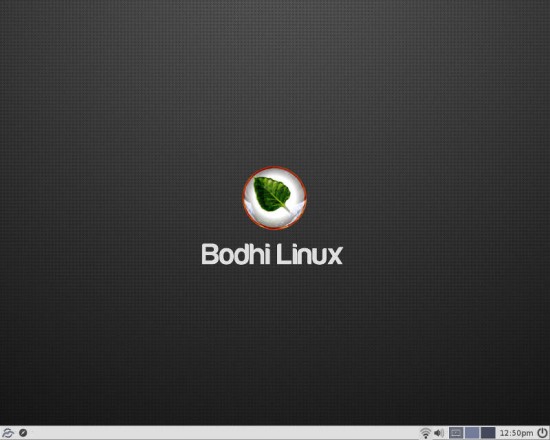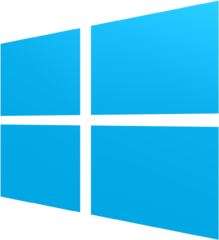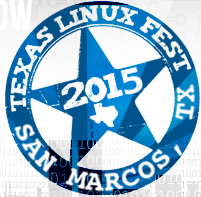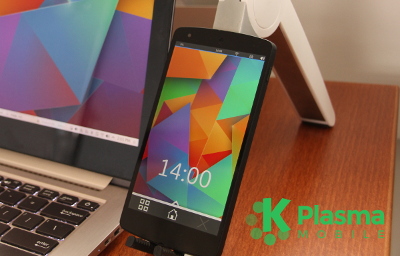When Bodhi Linux came out with version 3.1.0 a week or so ago, the distro’s founder and lead developer, Jeff Hoogland, made it clear on the Bodhi website that this was a milestone release.
“This release is a bigger deal for the Bodhi team than our previous update releases have been in the past,” he wrote. “The reason for this is because this release is the first to use the Moksha Desktop which we have forked from E17. Because it is built on the rock solid foundation that E17 provides, even this first release of the Moksha Desktop is stable and is something I feel comfortable using in a production environment.”
 Learning of this, and being a big Bodhi fan, I was eager to download and install this new version to take the newly forked desktop for a spin, which I did earlier this week.
Learning of this, and being a big Bodhi fan, I was eager to download and install this new version to take the newly forked desktop for a spin, which I did earlier this week.
Christine Hall has been a journalist since 1971. In 2001, she began writing a weekly consumer computer column and started covering Linux and FOSS in 2002 after making the switch to GNU/Linux. Follow her on Twitter: @BrideOfLinux



 This year, San Marcos is home to
This year, San Marcos is home to 
 “The code we’re releasing is the server side of what desktop clients connected to when syncing local or remote changes,” said Martin Albisetti, Canonical’s Director of Online Services,
“The code we’re releasing is the server side of what desktop clients connected to when syncing local or remote changes,” said Martin Albisetti, Canonical’s Director of Online Services,  I haven’t seen this much hype since…well, since the last time Redmond came out with a new version of Windows.
I haven’t seen this much hype since…well, since the last time Redmond came out with a new version of Windows.
 We’ll start with the home user.
We’ll start with the home user.
 And while using Linux may well change your life, I may have ever-so-slightly exaggerated the amount and impact of that change. Maybe just a little bit. Maybe.
And while using Linux may well change your life, I may have ever-so-slightly exaggerated the amount and impact of that change. Maybe just a little bit. Maybe.




